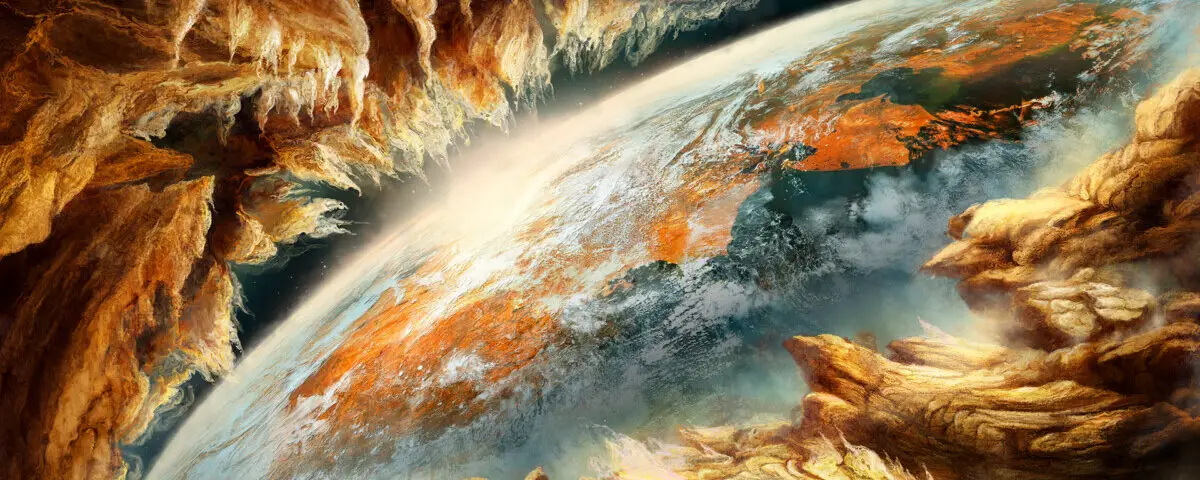|
Getting your Trinity Audio player ready...
|
Visual art has always been a cornerstone of any society’s creative expression, and as the clock ticks over, so do art world trends. Whether painting, photography, filmmaking or any other discipline, each decade has brought about innovation and a new surge of creative voices. From the surrealists to the minimalists to those who embraced the short-lived world of NFTs – art moves with those who are brave enough to be different.
Each movement in art was driven by a previous conversation. Surrealists, like Dali, wanted to break the mould of what the realists expected of a painting. In turn, the abstract expressionists believed that the surrealists’ dream worlds were still too close to the conscious mind and wanted to express their emotions on the canvas. And every change, whether in subject matter or colour, met public resistance.
This article focuses on what to expect from art world trends in 2023. Here are the trends that will move the art world forward: A Return to the Real World, Art with a Purpose, Rise of Women, The Death of Figuration, AI finds Art, and Ultra-contemporary Art.
A collector, an industry professional, or just an interested party, will benefit from knowing about the latest changes. It helps to understand what communities, cities, and other creatives were dealing with in their lifetimes.
A Return to the Real World
The world took an extreme turn with the onset of the Covid19 pandemic, and in a desperate attempt to keep the arts alive – galleries and museums took to digital platforms. All doors were closed, but that did not stop the art world discovering a new avenue in the market-place.
How Virtual Reality saved the day
In 2020, virtual reality gave the art world hope. And some managed to earn well from trusting their digitised faith. During this time, one of the most prominent art galleries in the world, Sotheby’s, hosted its 20th Century Design exhibition online. Many people were sceptical, yet the exhibition coined $4 million from sales.

Since then, we have witnessed a major increase in virtual art exhibitions, but will it last? Although the popular belief was that online exhibitions would kill art galleries, tangibility proved to be more important.
The Value of Tangibility
Standing in front of actual work and witnessing the mark-making in the scale the painter intended – will always outdo the digital sphere. Art is tangible, and after two years of everything virtual, the art world wanted to see and feel the scale in real life again. The viewer wants to be drawn in by the material and texture of the work – they want to experience it – they want to be part of the conversation.
The breakaway from the scrolling thumb has become evident in the curation of the global contemporary art scene. Exhibitions are curated to invite people to take part in the discussion. One that NFTs, no matter how innovative at the time, could never do. But, remember, even an NFT had a voice when we were all stuck inside.
What is an NFT?
Non-fungible tokens, often referred to as NFTs, are blockchain-based tokens that each represent a unique asset like a piece of art, digital content, or media. An NFT can be thought of as an irrevocable digital certificate of ownership and authenticity for a given asset, whether digital or physical.
Amazon.com
Art with a Purpose
Scientists are knee-deep in addressing pressing and severe issues like global warming. And whilst their efforts are valued – you need to connect to people emotionally before driving them to change. This is where artists come in to join their ranks and help raise awareness for such issues through elements of visual art. Art is one of the most effective mediums for raising awareness for social causes.
Art shows the Effects of Climate Change
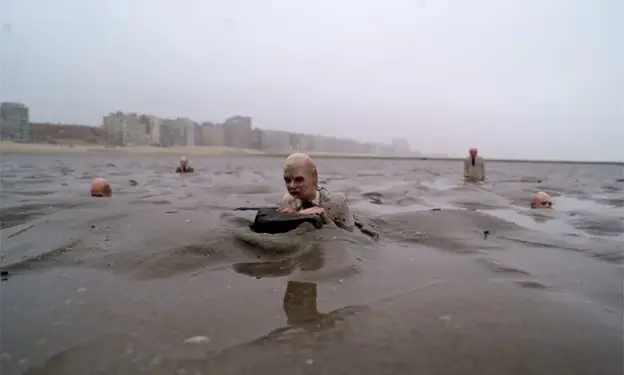
Look at Spanish street artist, Isaac Cordal. Isaac has an art series called Waiting for Climate Change. The installation features life-sized sculptures of men donning business suits submerged in water. Similarly, Olafur Eliasson, an Icelandic-Danish artist, asked the question: How will you get people to notice the issue of climate change? His answer was the Ice Watch.
Art brings Reality to Light
Olafur and his team brought arctic ice to a city square to give the public a tangible experience and the reality of our melting world. Driven by his commitment to the environment, his work stays relevant to the viewer.
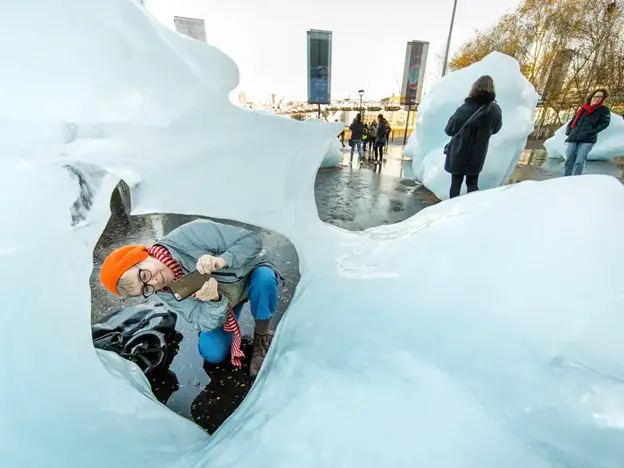
Collectors are looking for works that tackle the difficult issues around us. They want works that are engaged and highlight narratives easily swept under the carpet. Yes, you can’t exactly collect what Olafur or Isaac created, but it sets the tone for art world trends. Indicating that people do not only view art as decor but as a necessity.
Rise of Women
For decades female artists have moved in the shadows of their male counterparts. One example is Jackson Pollock who was widely celebrated for his drip technique and densely textured canvases. Pollock was one of the New York School painters who enjoyed his fame and fortune through abstract expressionism. But, did you know that his wife, Lee Krasner, was an artist in her own right?
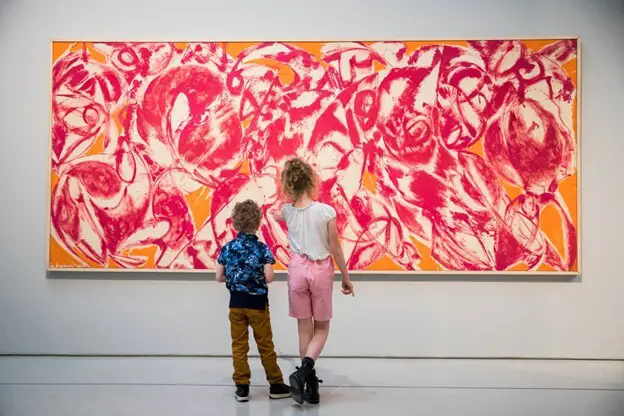
Many female artists stayed relatively unknown during their careers, and the value of their works was never as esteemed. But in the 21st century it began to change.
The rise of women in power, has led to a feminine shift in art world trends. Their body of work is not always soft and sensitive. Quite the opposite. Women from various demographics have stepped to the forefront of creating stories of inequality and resistance. And galleries have embraced it.
The Death of Figuration
After living vicariously through people and social media, for two years of the Covid 19 pandemic, collectors and galleries grew tired of figuration.
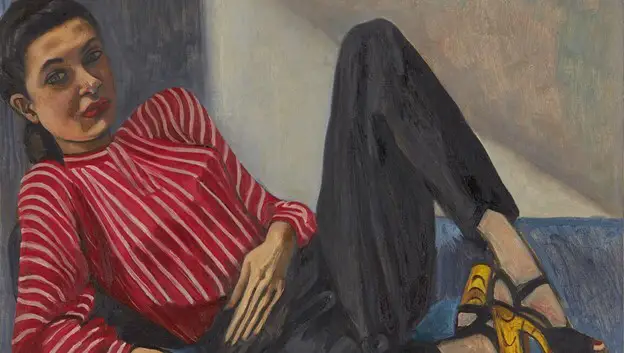
As the crisis dawned upon us, people needing people revealed itself in the subject matter of many artists. It became evident that people globally missed the interactions amongst other humans as artists worldwide focussed on figuration. It was everywhere and indicated the state of our realities at the time.
But as 2023 arrived, we started moving away from figuration, and it was no longer viewed as one of the art world trends. Influential museums had tired of faces and bodies alike – they want to see artists explore abstraction and movement.
Artificial Intelligence finds Art
The role of a real artist will not become obsolete amongst the latest AI technology in the creative world. The art world was shocked when an artificially created work, Portrait of Edmond Belamy, by Paris-based Obvious, sold at an auction for a staggering $432,500.
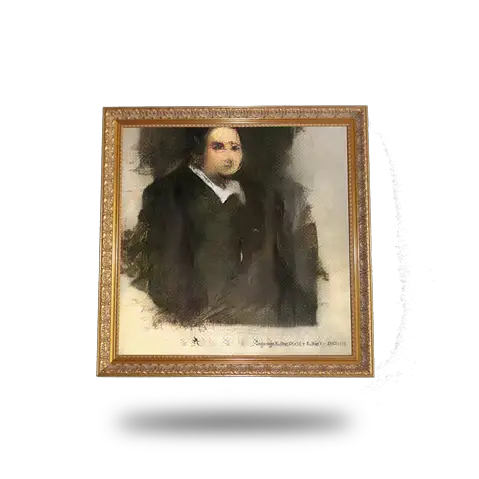
Thus, many role-players doubted the role of AI in art. Though the two should not be seen as competitors, but rather as a fresh wave that can encourage a new generation of collectors. Code too can be viewed as a creative expression, and in some ways, it broadens the palate for unconventional conversations.
As the world changes, so do our mediums, and to consider AI as an intruder is voiding the meaning of art in the first place. Art is meant to challenge, and although not by a human hand, it can create powerful dialogues to serve a purpose for when we no longer exist.
Ultra-contemporary
The Ultra-contemporary market is proving to be the fastest-growing market segment within the art world yet. Referring to works on auction, created by artists born from 1975 onwards, the ultra-contemporary scene enjoyed a growth spike of 305% from 2019 to 2022.
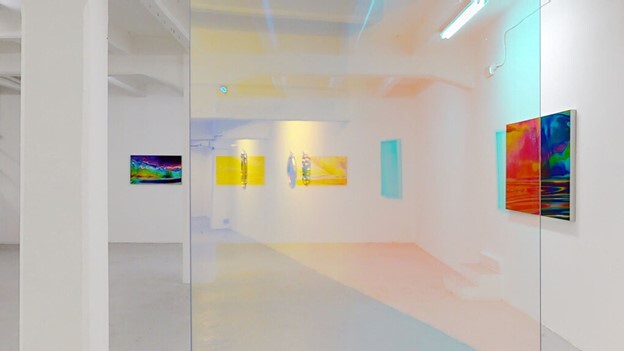
Making room for innovation and unique perspectives, auction houses wanted to put younger artists at the forefront. It made sense as they needed to create new markets and attract future art lovers to their offerings.
As art world trends change, galleries, art fairs, and auction houses are constantly faced with staying relevant.
To Trend or not to Trend
Art is a lucrative industry, and those who keep up with what the public want will reap the benefits. But don’t get it wrong. Keeping up with art world trends doesn’t make you a sell-out. It merely makes you a part of the creative exchange.
The art world will always be in flux. Today it enjoys success in accessibility and diversity, tomorrow, social media gives it a push in a different direction. No matter what happens, trends come and go, and art will forever remain to tell the story.

